[fusion_builder_container hundred_percent=”no” hundred_percent_height=”no” hundred_percent_height_scroll=”no” hundred_percent_height_center_content=”yes” equal_height_columns=”no” menu_anchor=”” hide_on_mobile=”small-visibility,medium-visibility,large-visibility” status=”published” publish_date=”” class=”” id=”” border_size=”” border_color=”” border_style=”solid” margin_top=”” margin_bottom=”” padding_top=”” padding_right=”” padding_bottom=”” padding_left=”” gradient_start_color=”” gradient_end_color=”” gradient_start_position=”0″ gradient_end_position=”100″ gradient_type=”linear” radial_direction=”center” linear_angle=”180″ background_color=”” background_image=”” background_position=”center center” background_repeat=”no-repeat” fade=”no” background_parallax=”none” enable_mobile=”no” parallax_speed=”0.3″ background_blend_mode=”none” video_mp4=”” video_webm=”” video_ogv=”” video_url=”” video_aspect_ratio=”16:9″ video_loop=”yes” video_mute=”yes” video_preview_image=”” filter_hue=”0″ filter_saturation=”100″ filter_brightness=”100″ filter_contrast=”100″ filter_invert=”0″ filter_sepia=”0″ filter_opacity=”100″ filter_blur=”0″ filter_hue_hover=”0″ filter_saturation_hover=”100″ filter_brightness_hover=”100″ filter_contrast_hover=”100″ filter_invert_hover=”0″ filter_sepia_hover=”0″ filter_opacity_hover=”100″ filter_blur_hover=”0″][fusion_builder_row][fusion_builder_column type=”1_1″ layout=”1_1″ spacing=”” center_content=”no” link=”” target=”_self” min_height=”” hide_on_mobile=”small-visibility,medium-visibility,large-visibility” class=”” id=”” hover_type=”none” border_size=”0″ border_color=”” border_style=”solid” border_position=”all” border_radius=”” box_shadow=”no” dimension_box_shadow=”” box_shadow_blur=”0″ box_shadow_spread=”0″ box_shadow_color=”” box_shadow_style=”” padding_top=”” padding_right=”” padding_bottom=”” padding_left=”” margin_top=”” margin_bottom=”” background_type=”single” gradient_start_color=”” gradient_end_color=”” gradient_start_position=”0″ gradient_end_position=”100″ gradient_type=”linear” radial_direction=”center” linear_angle=”180″ background_color=”” background_image=”” background_image_id=”” background_position=”left top” background_repeat=”no-repeat” background_blend_mode=”none” animation_type=”” animation_direction=”left” animation_speed=”0.3″ animation_offset=”” filter_type=”regular” filter_hue=”0″ filter_saturation=”100″ filter_brightness=”100″ filter_contrast=”100″ filter_invert=”0″ filter_sepia=”0″ filter_opacity=”100″ filter_blur=”0″ filter_hue_hover=”0″ filter_saturation_hover=”100″ filter_brightness_hover=”100″ filter_contrast_hover=”100″ filter_invert_hover=”0″ filter_sepia_hover=”0″ filter_opacity_hover=”100″ filter_blur_hover=”0″ last=”no”][fusion_title title_type=”text” rotation_effect=”bounceIn” display_time=”1200″ highlight_effect=”circle” loop_animation=”off” highlight_width=”9″ highlight_top_margin=”0″ before_text=”” rotation_text=”” highlight_text=”” after_text=”” hide_on_mobile=”small-visibility,medium-visibility,large-visibility” class=”” id=”” content_align=”center” size=”4″ font_size=”” animated_font_size=”” line_height=”” letter_spacing=”” margin_top=”” margin_bottom=”” margin_top_mobile=”” margin_bottom_mobile=”” text_color=”” animated_text_color=”” highlight_color=”” style_type=”default” sep_color=””]What’s in Your Water?[/fusion_title][fusion_text columns=”” column_min_width=”” column_spacing=”” rule_style=”default” rule_size=”” rule_color=”” hide_on_mobile=”small-visibility,medium-visibility,large-visibility” class=”” id=”” animation_type=”” animation_direction=”left” animation_speed=”0.3″ animation_offset=””]
There are three different types of drinking water: tap water, filtered water and bottled water. In many countries, tap water is not potable, so it has to be boiled first. Even in North America, not all tap water is potable—for example, the Flint, Michigan water crisis1 and the First Nations indigenous water crisis in Canada2 are still not fully resolved.
Water is supposedly tasteless, but everyone knows tap water can taste nasty. The Natural Resources Defense Council (NRDC) conducted a study in 2003 that showed public water supplies in 19 of America’s largest cities delivered drinking water that contained contaminant levels exceeding EPA limits, including rocket fuel, arsenic, lead, fecal waste and chemical byproducts.3
According to the NRDC, approximately 25% of bottled water is nothing more than tap water. The best way to find out is to read the label and see whether it tells you how the water is filtered. If it doesn’t say, chances are it’s straight from the tap.
The other problem with bottled water is the bottle itself. Many plastic bottles are created with a chemical called bisphenol A, otherwise known as BPA. It’s linked to numerous health issues, including infertility, obesity, diabetes, insomnia, arthritis, heart disease and more.4 And, the plastic bottles add to the trash that goes into landfills and the oceans, adding to environmental degradation.
Filtered water is clearly the best option for drinking. According to the Food and Water Watch Organization, even expensive water filters are more cost effective than bottled water, especially when evaluating costs over a 5, 10 and 20-year period.5
Water filters offer the last line of defense between the body and the more than 2,100 known toxins that may be present in drinking water.6 Experts recommend looking for a water filter that satisfies the standards of NSF International, a nonprofit organization that conducts safety testing for food and water industries. Look specifically for what type of contaminants the water filter will remove.
The PiMag Waterfall® complies with NSF standards as follows:
- NSF Standard 42—Reduction of chlorine, chloramine, taste and odor*
- NSF Standard 53—Reduction of mercury, volatile organic chemicals (VOCs)*
- NSF Standard 372—Lead compliance
*Reverse Osmosis systems do not remove VOCs, chlorine or chloramine.8
The PiMag Waterfall® is an advanced filtration system that produces water with added minerals (unlike expensive Reverse Osmosis systems that leach out beneficial minerals) in a pH range of 8.5-9.5. Regular tap water typically has a pH range of 6.5-8.5, with 7 considered “basic” and below 7 as acidic.7
Because the PiMag Waterfall works without electricity or plumbing, it can be used in any location. As with all PiMag products, the Waterfall is made with recyclable and biodegradable materials, including a polymer that does not leach chemicals into water.
Sources:
- https://en.wikipedia.org/wiki/Flint_water_crisis
- https://news.vice.com/en_ca/article/3kpjby/canadas-indigenous-water-crisis
- https://www.greenamerica.org/green-living/facts-about-water-filters
- https://draxe.com/bpa-toxic-effects/
- https://www.waterbenefitshealth.com/filtered-drinking-water.html
- http://www.allaboutwater.org/water-filters.html
- www.water-research.net/ph.htm
- https://www.waterbenefitshealth.com/filtered-drinking-water.html
[/fusion_text][/fusion_builder_column][/fusion_builder_row][/fusion_builder_container]

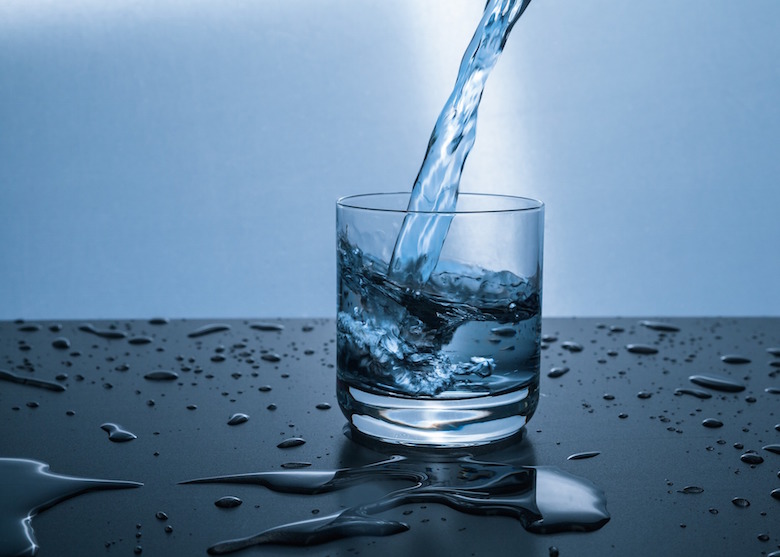
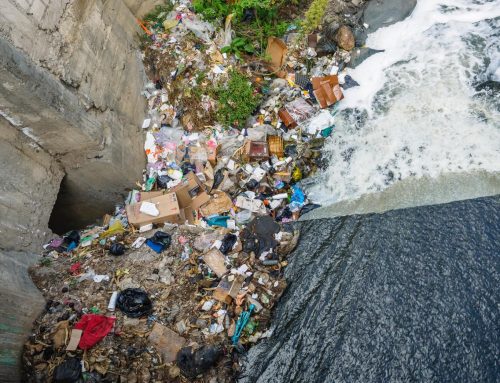
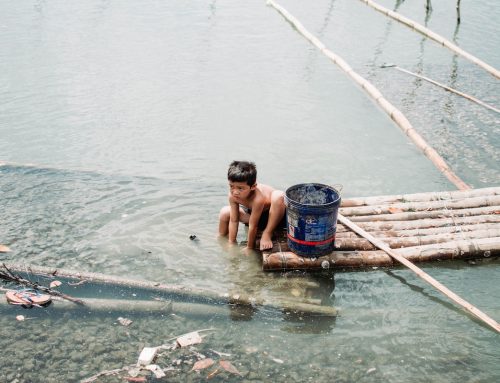
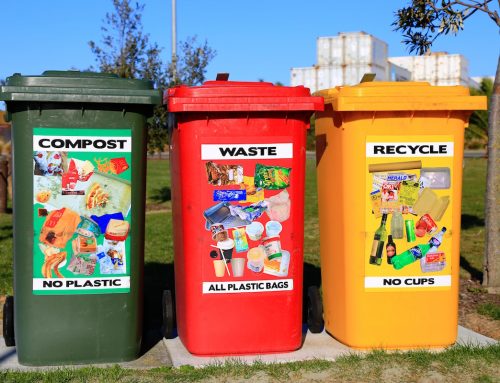
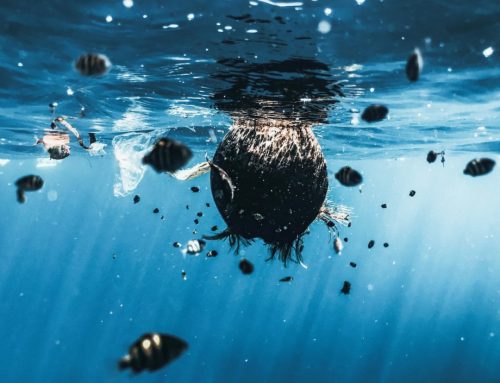
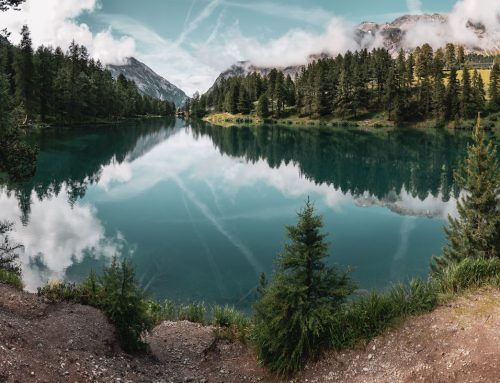
Leave A Comment